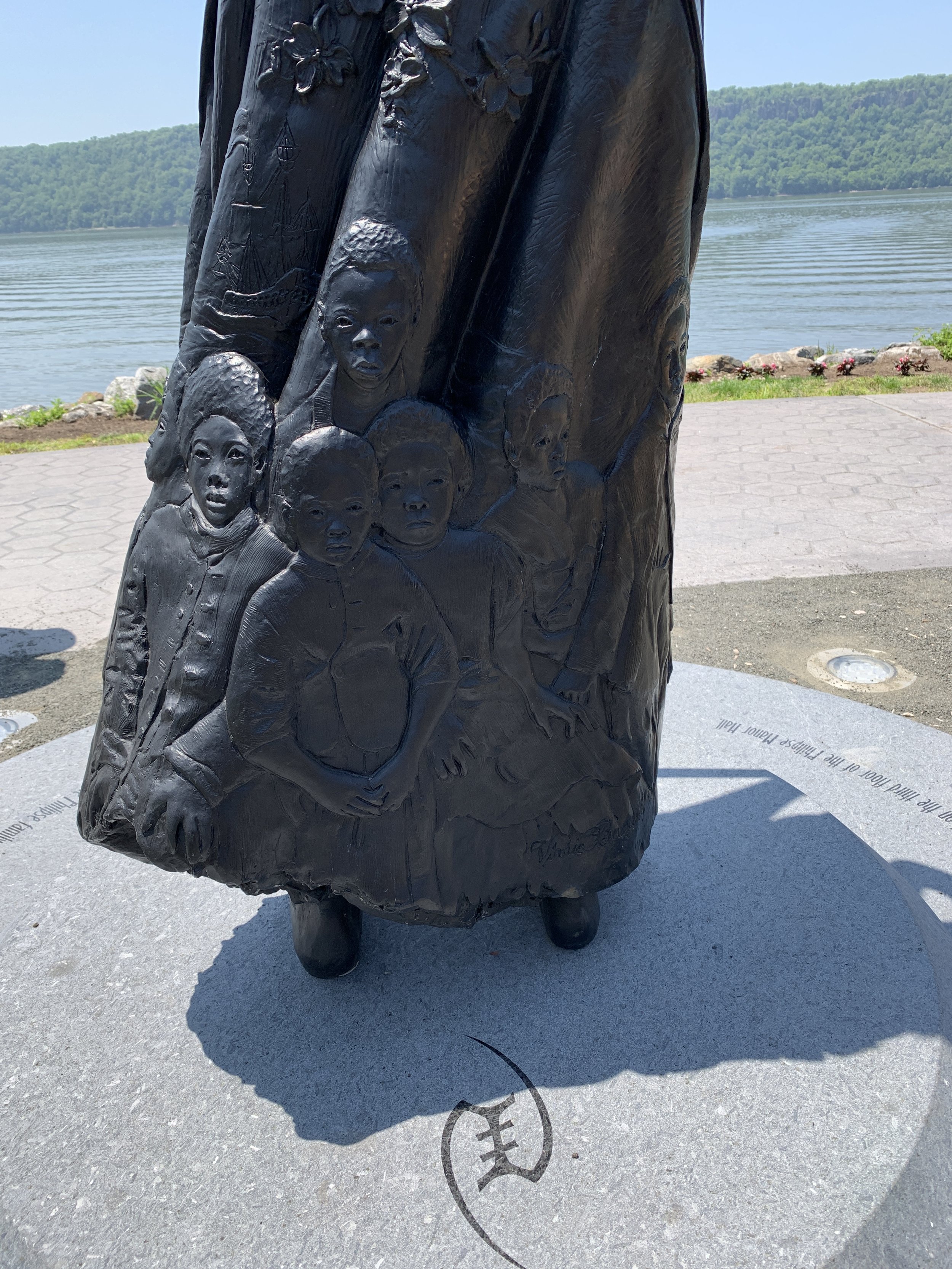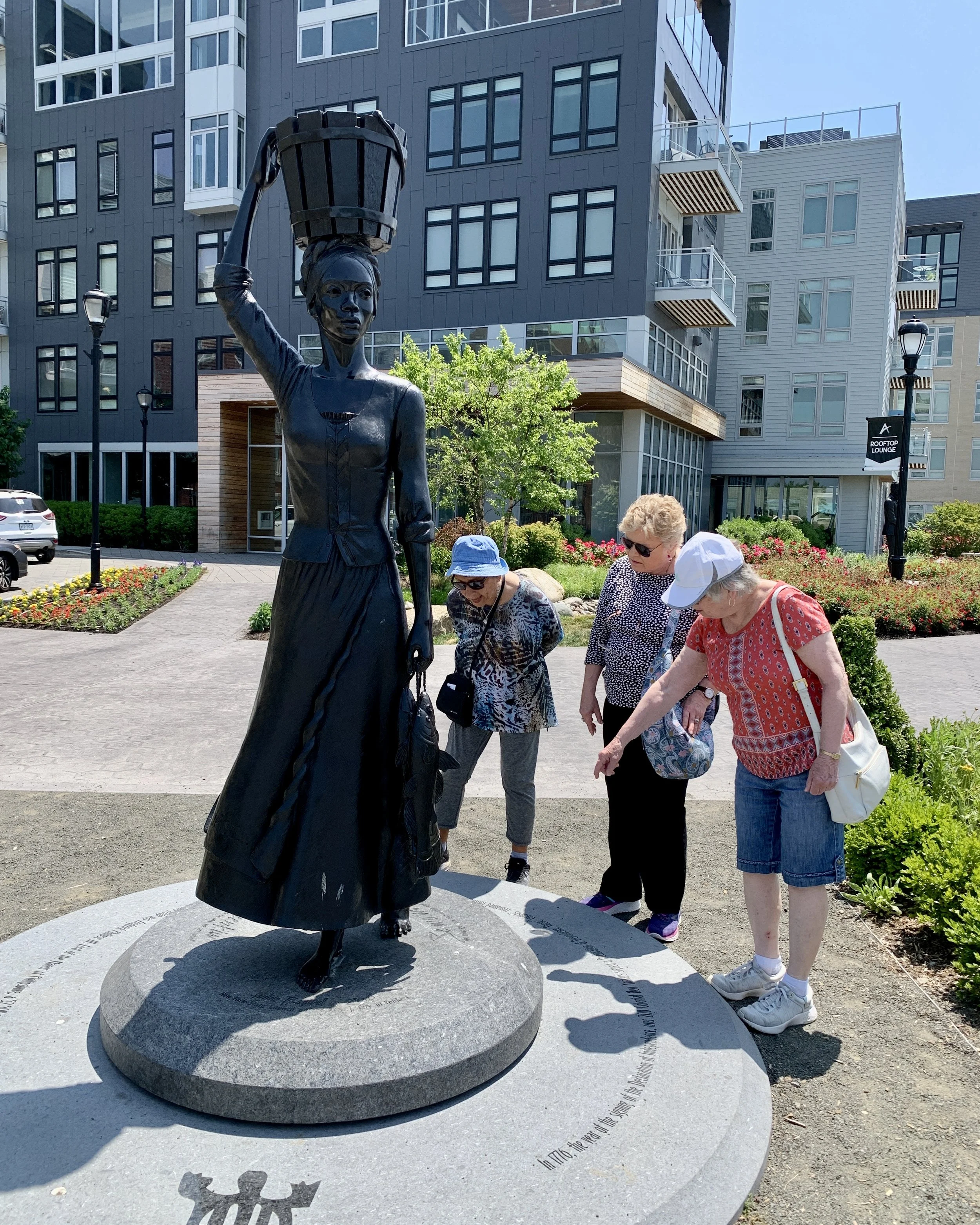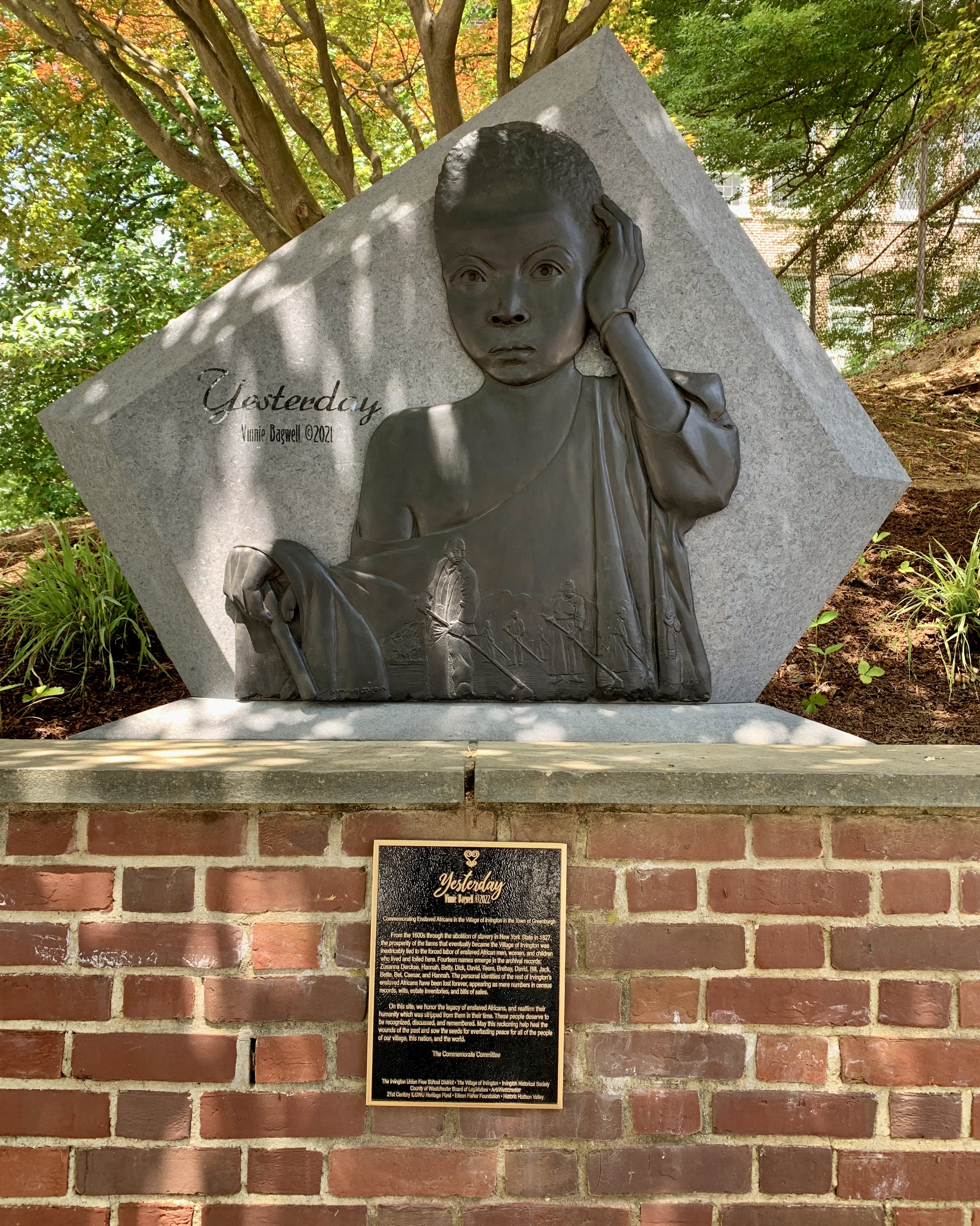Our Newest National Holiday: Juneteenth
“In 2022, the US celebrated a new national holiday: Juneteenth. Some people know a lot about Juneteenth. Some know a little about Juneteenth. Some know not a thing about it. Here’s what the Smithsonian says:
“On ‘Freedom’s Eve,’ or the eve of January 1, 1863, the first Watch Night services took place. On that night, enslaved and free African Americans gathered in churches and private homes all across the country awaiting news that the Emancipation Proclamation had taken effect. At the stroke of midnight, prayers were answered as all enslaved people in Confederate States were declared legally free. Union soldiers, many of whom were black, marched onto plantations and across cities in the south reading small copies of the Emancipation Proclamation spreading the news of freedom in Confederate States. Only through the Thirteenth Amendment did emancipation end slavery throughout the United States.
But not everyone in Confederate territory would immediately be free. Even though the Emancipation Proclamation was made effective in 1863, it could not be implemented in places still under Confederate control. As a result, in the westernmost Confederate state of Texas, enslaved people would not be free until much later. Freedom finally came on June 19, 1865, when some 2,000 Union troops arrived in Galveston Bay, Texas. The army announced that the more than 250,000 enslaved black people in the state, were free by executive decree. This day came to be known as "Juneteenth," by the newly freed people in Texas.
Juneteenth marks our country’s second Independence Day. Although it has long celebrated in the African American community, this monumental event remains largely unknown to most Americans.”
* * * * *
So, in honor of Juneteenth on Monday, June 19, we celebrate three monuments of different kinds in our area that remind us of our history of enslavement and rejoice in its end:
1) The Enslaved African Rain Garden, in Yonkers
2) The commemoration of the end of slavery, celebrated this past June X in Irvington
3) Philipseburg Manor, which offers insight into the use of enslaved labor in our area
THE ENSLAVED AFRICANS RAIN GARDEN, YONKERS, NY
On June 1, Kendal residents visited The Enslaved Africans Rain Garden in Yonkers. It stands across from the Philipse Manor Hall. The life-size sculptures, by sculptor Vinnie Bagwell, honor the enslaved Africans who lived and worked at the Hall. More information can be found by clicking here.
Skrit details
Photos by Harry Bloomfeld
ENSLAVED AFRICANS IN IRVINGTON, NY
On June 10, the Village of Irvington unveiled and dedicated a plaque commemorating enslaved Africans in the village. After speeches by local residents and politicians, the artist Vinnie Bagwell unveiled the plaque.
Vinnie Bagwell is the same artist who created the sculptures in Yonkers.
Artist Vinnie Bagwell
Photos by Harry Bloomfeld
PHILIPSBURG MANOR, UPPER MILLS, SLEEPY HOLLOW, NY: A HERITAGE SITE OF SLAVERY
From the Philipsburg Manor website:
“At Philipsburg Manor, the story of slavery in the colonial north is given not only a full interpretive treatment, but a face: 23 of them, to be exact. Visitors learn about the lives of Caesar, Susan, Dimond, Betty, and the other enslaved Africans who lived at the Upper Mills in 1750. All were listed on an inventory of Adolph Philipse’s property drawn up after his death that year.
Visitors to Philipsburg Manor learn how this group of enslaved Africans came to be there, the important role they played in a commerce network that stretched around the world, and the human tragedy that unfolded as the estate was sold and divided up. It is a compelling story made even more powerful because it is told in the very spot where the events played out.
In an excellent blog post, history professor Ana Lucia Araujo of Howard University examines the troubling absence of public awareness about slavery in the northern states. She talks about Philipsburg Manor’s critical role as “an important heritage site of slavery” and its importance to scholars and others “studying history, heritage, and the memory of slavery.” Click here to read the post.”
Photos by Harry Bloomfeld









